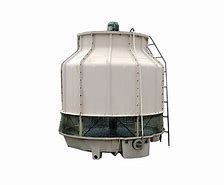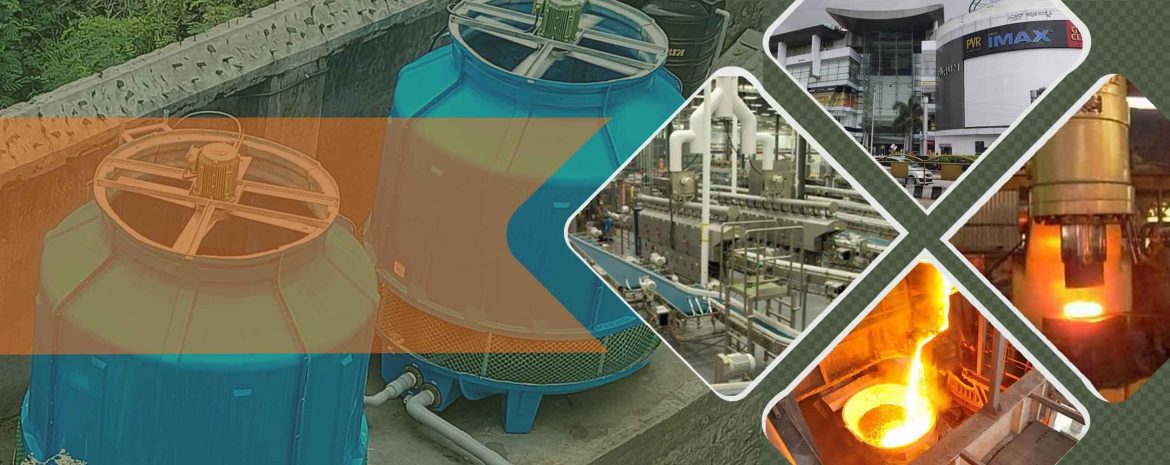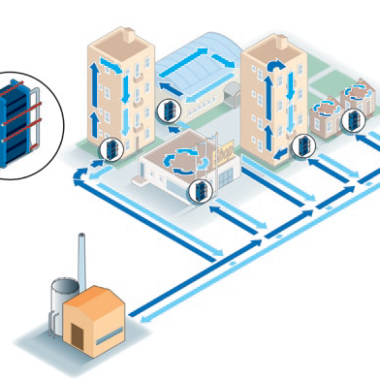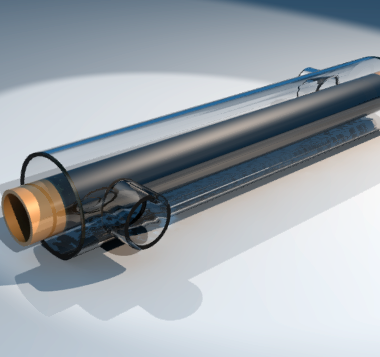Regulations and Safety Standards for Round Tower
Regulations and Safety Standards for Round Tower
Round cooling towers are fundamental components in different businesses, counting power generation, HVAC, and manufacturing. Guaranteeing their secure and proficient operation requires adherence to stringent directions and security standards. These rules are outlined to protect open wellbeing, guarantee environmental compliance, and maintain operational proficiency. This blog will talk about the regulations and safety standards overseeing the operation of round cooling towers.
Importance of Regulations and Safety Standards
Regulations and security guidelines for cooling towers are crucial for a few reasons:
1) Public Health Protection:
Cooling towers can harbor and disperse Legionella bacteria, which cause Legionnaires’ illness, a severe form of pneumonia. Proper support and water treatment practices are basic to avoid outbreaks.
2) Environmental Compliance:
Cooling towers utilize significant amounts of water and chemicals. Directions guarantee that water release and chemical utilize don’t harm the environment.
3) Operational Efficiency:
Following to measures makes a difference maintain the proficiency and longevity of the cooling tower, reducing downtime and operational costs.
Key Regulations and Standards
1) Legionella Control:
ASHRAE Standard 188:
- The American Society of Heating, Refrigerating, and Air-Conditioning Engineers (ASHRAE) Standard 188 gives rules for avoiding Legionellosis related with building water frameworks. It mandates chance management practices and standard checking of water quality in cooling towers.
CDC Guidelines:
- The Centers for Disease Control and Prevention (CDC) offer rules for Legionella control, emphasizing schedule maintenance, disinfection, and water quality observing.
2) Environmental Regulations:
EPA Clean Water Act:
- The U.S. Environmental Protection Agency (EPA) directs the release of poisons into water bodies. Cooling tower administrators must get permits and comply with emanating limitations to avoid water pollution.
State and Local Regulations:
- Various states and nearby jurisdictions have extra directions with respect to water utilization, chemical release, and drift (the escape of water droplets from cooling towers).
3) Safety and Basic Standards:
OSHA Regulations:
- The Occupational Safety and Health Administration (OSHA) sets security benchmarks for working environment environments, counting cooling tower operations. These guidelines cover aspects such as chemical handling, drop assurance, and noise control.
Building Codes:
- Local building codes may indicate prerequisites for the structural integrity of cooling towers, counting seismic considerations and wind stack resistance.
4) Energy and Efficiency Guidelines:
ASHRAE Standard 90.1:
- This standard gives minimum requirements for energy-efficient plans, including cooling towers. It emphasizes energy preservation measures and the utilize of effective cooling innovations.
Best Practices for Compliance
1) Regular Inspections and Maintenance:
Conduct schedule assessments to distinguish and address potential issues such as corrosion, scaling, and biological development. Standard maintenance guarantees compliance with safety and environmental standards.
2) Water Quality Management:
Execute a comprehensive water treatment program to control scaling, corrosion, and microbial growth. Utilize computerized monitoring systems to guarantee consistent water quality.
3) Record Keeping:
Maintain detailed records of inspections, support activities, and water quality tests. Documentation is basic for illustrating compliance with regulations and measures.
4) Training and Education:
Guarantee that staff are prepared on the most recent safety practices, administrative requirements, and support procedures. Progressing education makes a difference keep staff educated around new guidelines and technologies.
5) Emergency Preparedness:
Create and actualize an emergency response arrange to address potential risks such as chemical spills, gear disappointments, and disease outbreaks.
Conclusion
Following to controls and safety standards is basic for the secure and productive operation of round cooling towers. Compliance not as it were ensures open health and the environment but also improves the unwavering quality and execution of cooling tower systems. By taking after best practices and remaining educated around regulatory changes, administrators can guarantee their cooling towers work inside legal and security guidelines, fostering a more secure and more maintainable industrial environment.







